Making a Difference: The Textile Art of Nike Davies-Okundaye
Legendary, charismatic textile artist Nike Davies-Okundaye has led a live that is as colourful and eventful as her art. Now recognised as one of Nigeria’s foremost textiles artists, she has spent the last five decades successfully invigorating the traditional techniques of batik and adire, merging them with shimmering passages of embroidery and intricate patchworks loaded with personal and political symbolism. Nike is also affectionately known as ‘Mama Nike’, for the inspirational role she has played in transforming women’s lives through sharing her skills and promoting practices through the Nike Arts Centre.
Nike was born in 1951 in the hill town of Ogidi-Ijumu, Kogi State to a poor but creatively gifted family. Her father embroidered agbada robes for the wealthy elite, despite receiving little compensation, and he passed his skills onto his young daughter. Tragically both Nike’s mother and grandmother died when she was young, and she was subsequently sent to live with her great grandmother. It was through her great-grandmother that Nike first learned the skill of adire, making indigo dyed patterns on hand-woven cotton, which became a lifeline, earning her enough money to pay for her own education.
Incredibly, by the age of ten, Nike was already producing fabrics at a professional level, as she explains, “By the time I was ten years old, I was already weaving on a proper loom and considered a professional.” At the mere age of 14, Nike was forced to marry the much older artist and musician known as Twins Seven Seven, who lived in the creative community of Osogbo. Nike was just one of his 14 wives, who lived together in dire and deprived conditions. She says, “There were fifteen of us married to one man. We always fought with each other because there was a shortage of food and water.” Nike took it upon herself to share her skills in adire fabric production with these women, a vital means of earning an income. She says, “I showed them that we could work with our hands to take care of ourselves.”
Meanwhile Nike’s own work became ever more adventurous and elaborate, and she began selling her designs at street markets, while wearing her own ‘wearable art’, in the form of intricately embroidered headdresses and garments. Over time, Nike was able to earn enough through her own practice as a textile artist to flee from the marriage with her four children, and establish her own home with a built-in gallery space. The opportunity to travel to the United States came in 1974, during which time Nike taught Nigerian traditional arts at Haystack Mountain School of Crafts in Maine. She also picked up quilting techniques, as she explains, “I ran workshops in the US on adire, but I also learned patchwork quilting there.”
On her return to Nigeria, Nike continued with her integration of fabric techniques from Nigeria and the US, merging elements of hand-dying, embroidery, and intricate beading. This can be seen in some of her most masterful works of art, which include the monumental Cycle of Life, a stirring, complex wall-hanging made from indigo fabric which is loaded with personal, historical and political symbolism, and a multicoloured embroidery of river goddess Osun, adorned with rich colours and fantastical details.
Nike’s role as a teacher and mentor has evolved alongside her art practice, and she has transformed the lives of many women by sharing commercial skills that have allowed them to discover the same power, independence and freedom that she, herself has earned. She says, “Now, they have their own voice because their work is their voice. There are over 4000 women whose lives have changed thanks to textiles.”
Nike opened her first Nike Arts Centre in Osogbo in 1983, a space dedicated to supporting the work of burgeoning artists, particularly women, working across various media. The success of her enterprize led to further spaces being opened in Ogidi-Ijumu, Abuja and Lagos. The galleries take a small 10 percent of any sales, which is donated to the less privileged members of Nigerian society. For Nike, the galleries are a gift to those who, like her younger self, have so often struggled find a creative outlet, as she notes: “I wanted to create a space where everyone’s voices could be heard.”





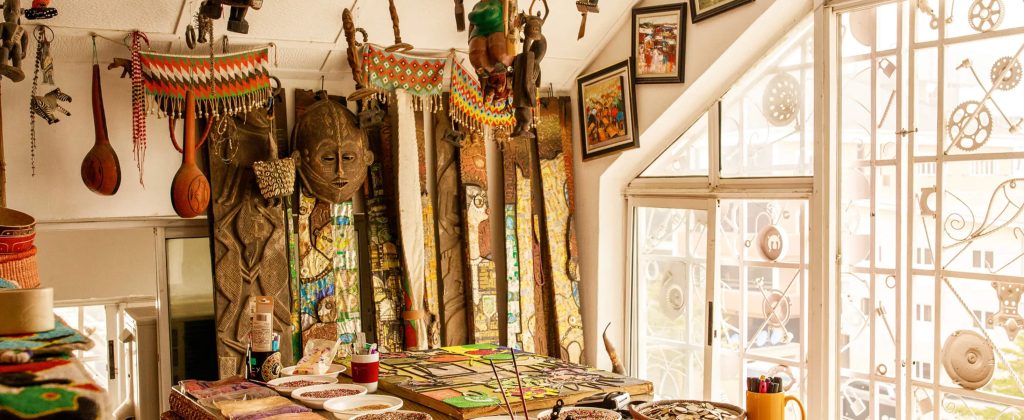
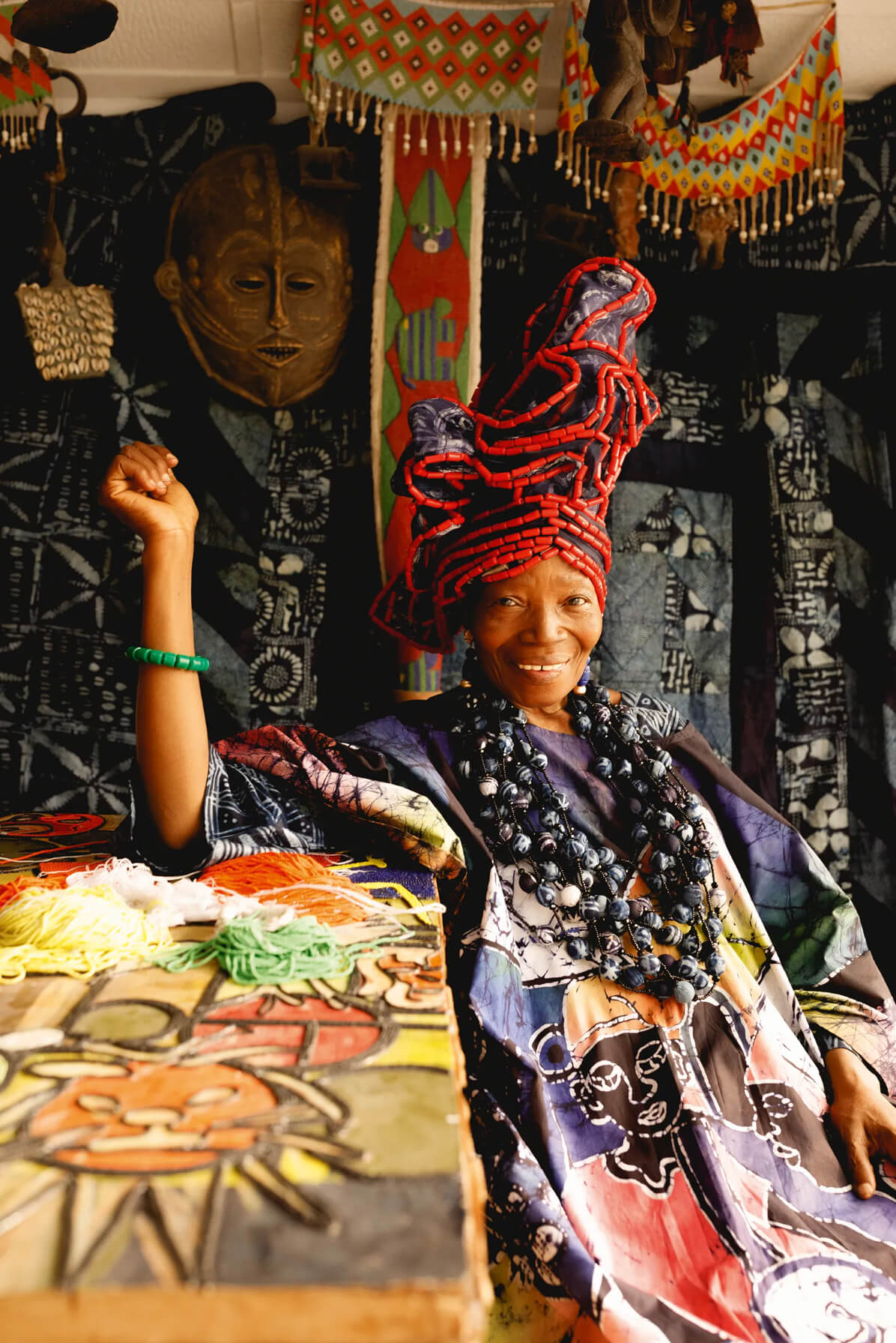
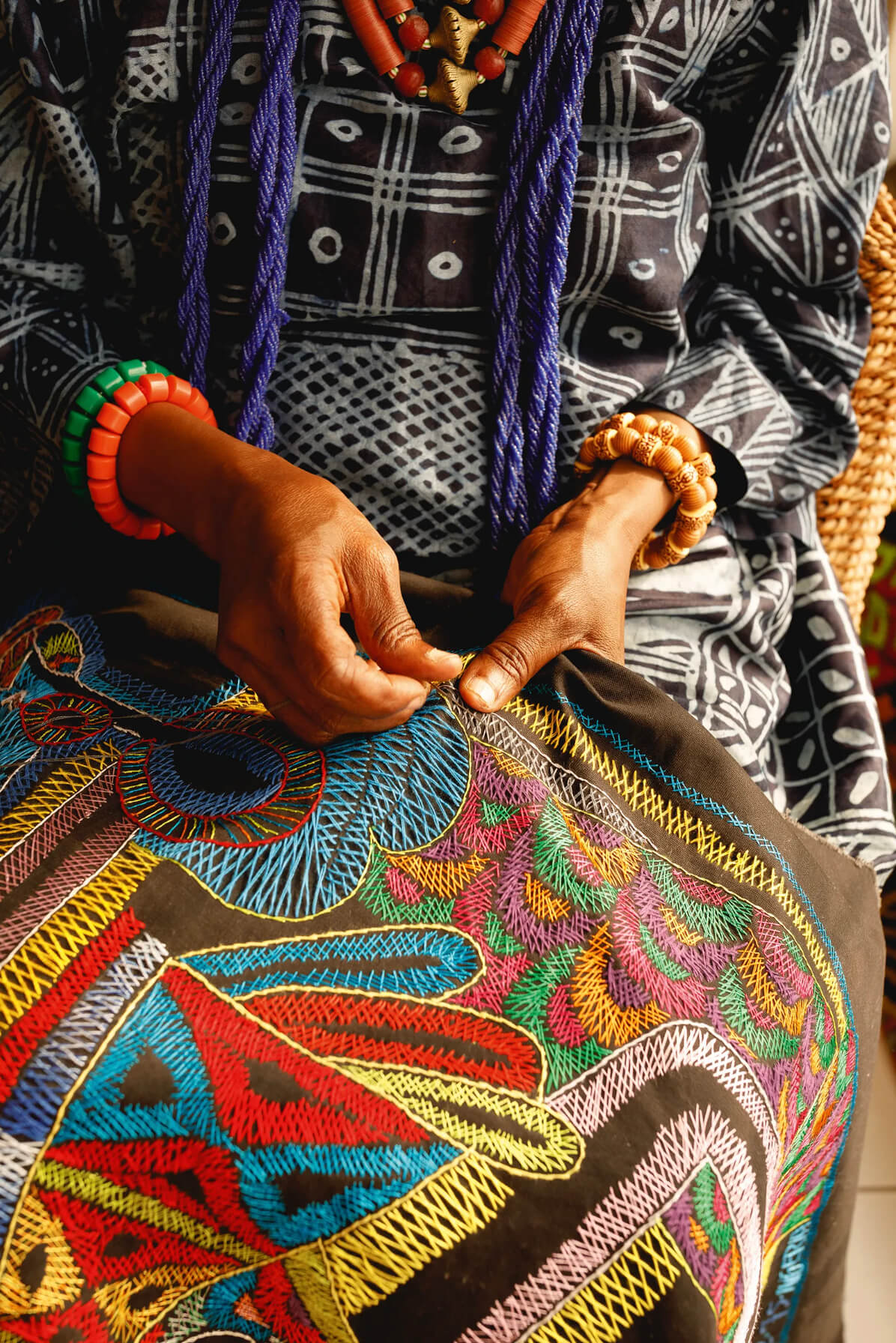
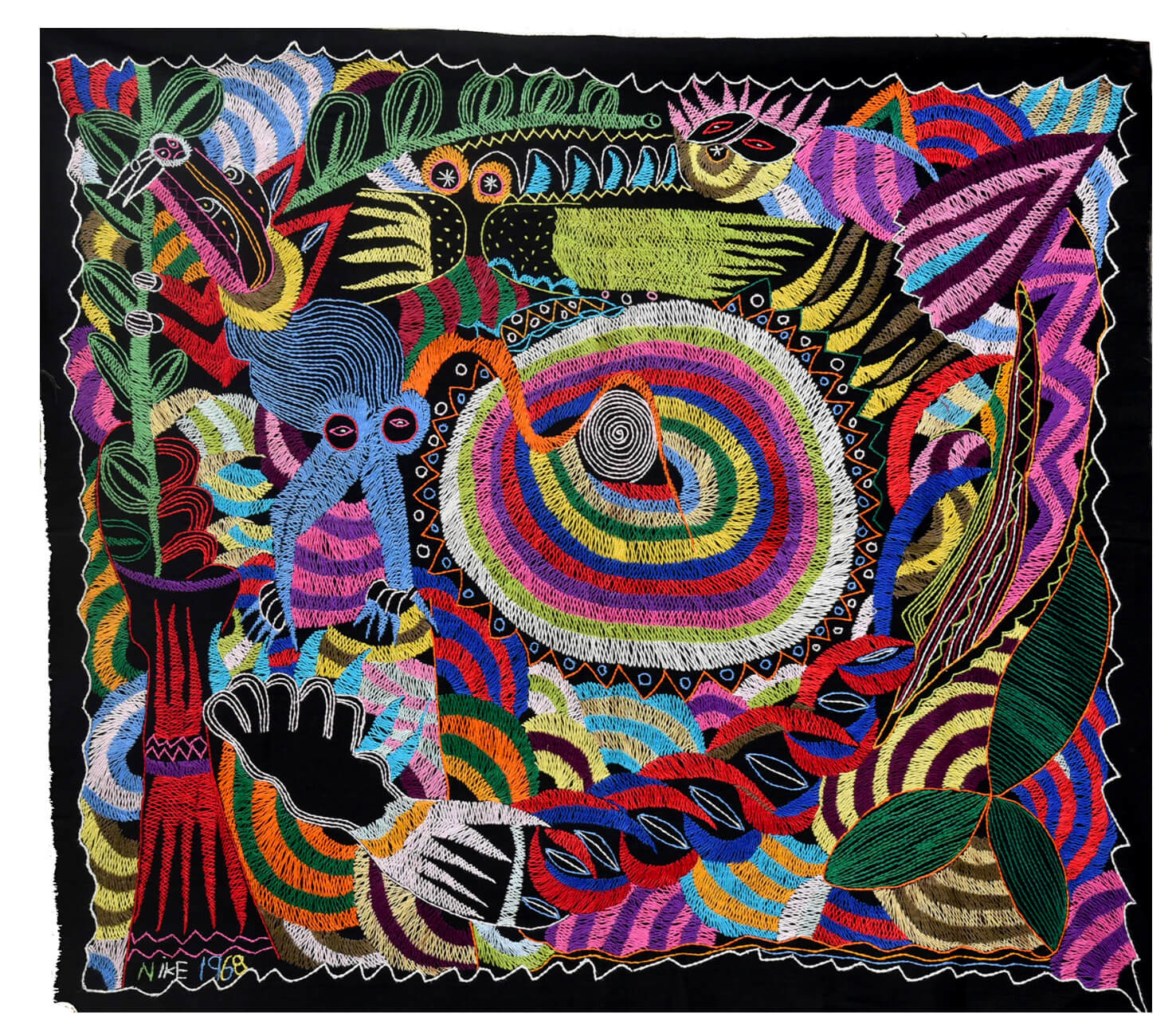

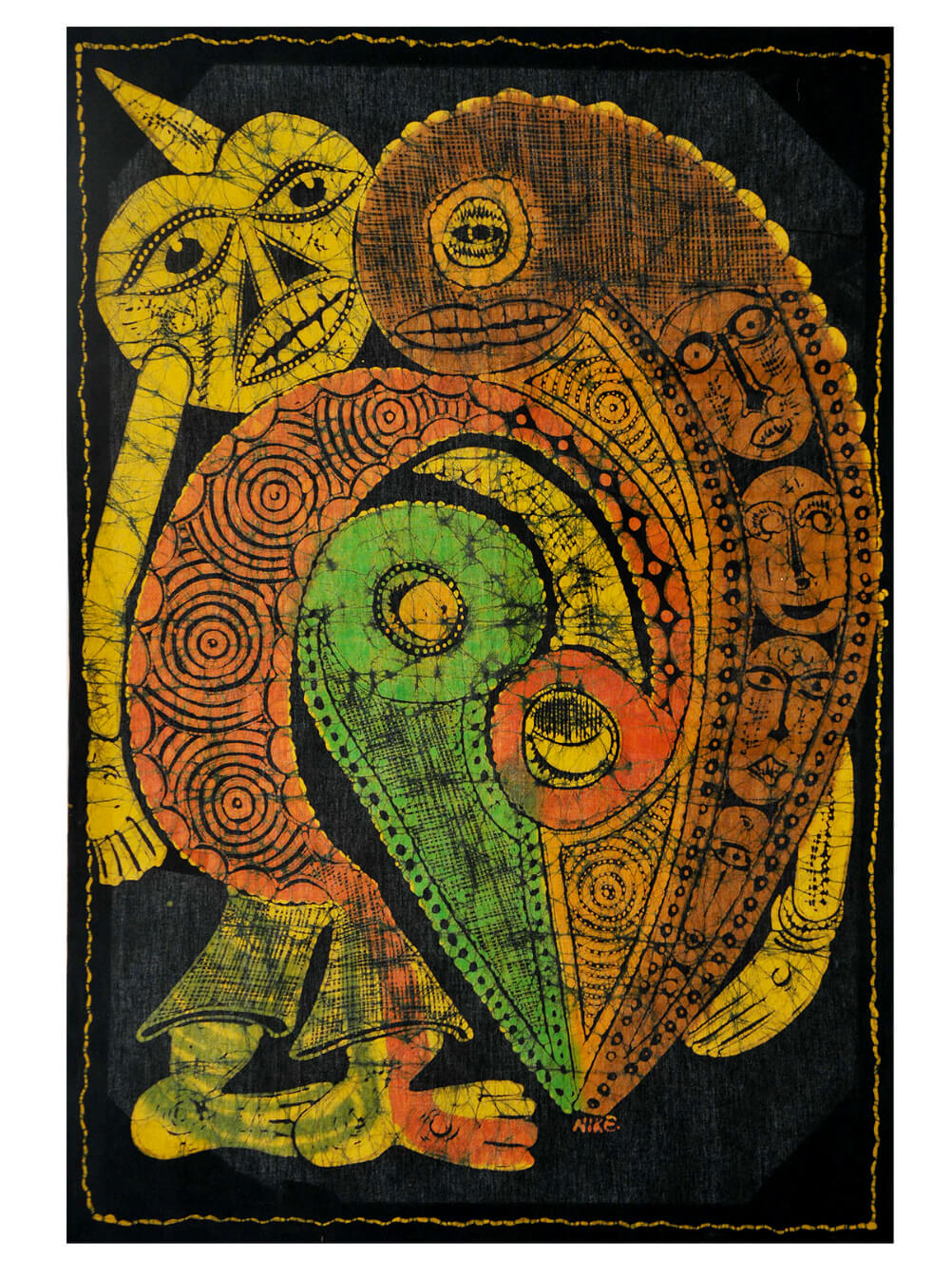
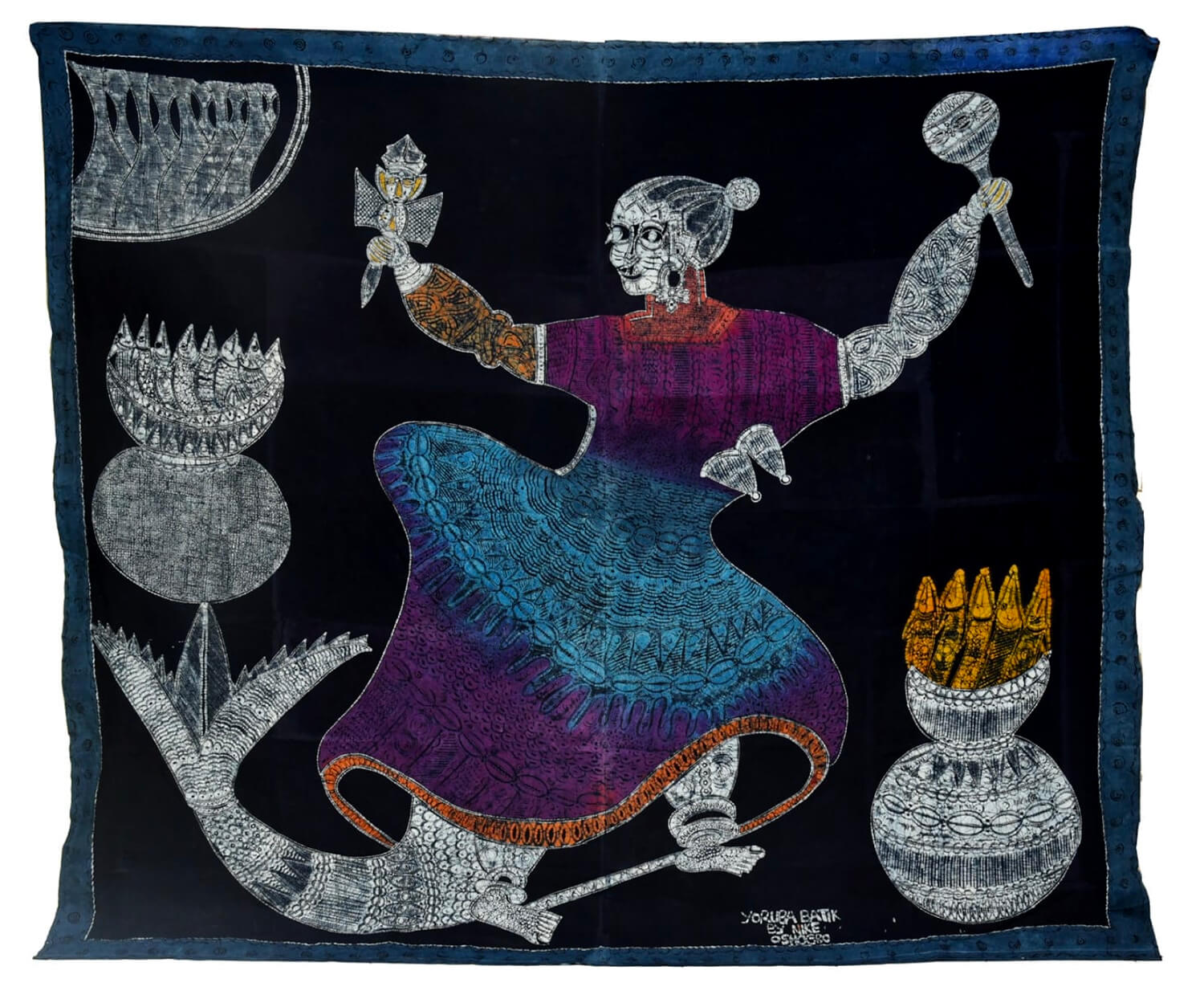
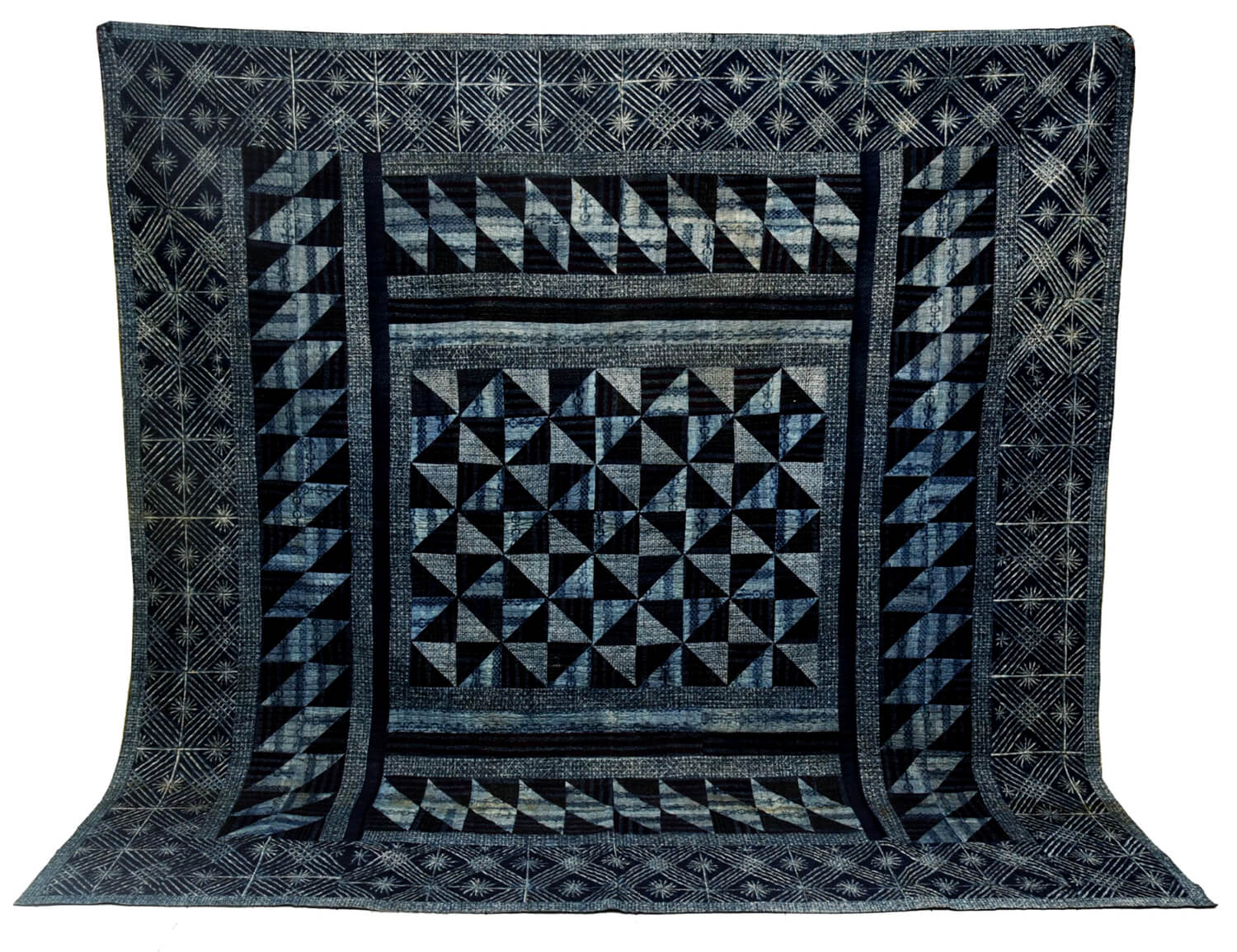



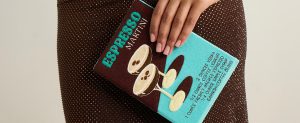

























3 Comments
M. Finch
Beautiful story of resilience. Love her pieces of art and what a way to help others learn a Trade to improve their lives.
Annamarie Simmons
I love this! The colors are so vibrant!
Valari Boston
What a fabulous story and such beautiful work! I love this. I’ve been to Nigeria many times and only wish that I had known about Nike. I would definitely become one of her students! Another testament to doing what we have to do for survival. VKBoston